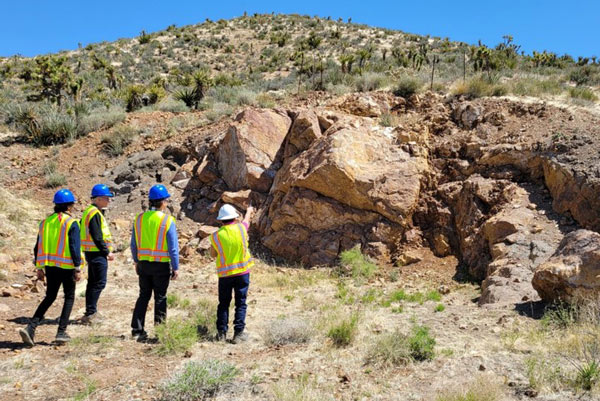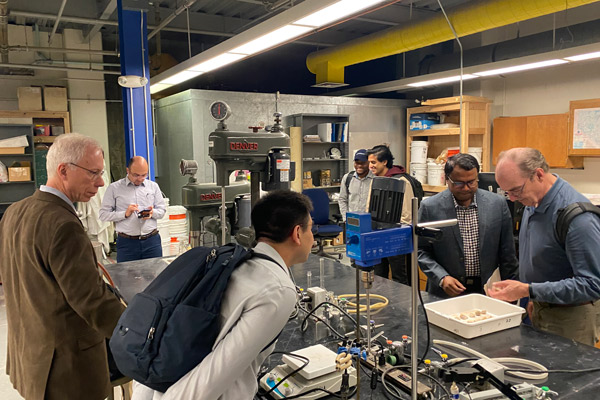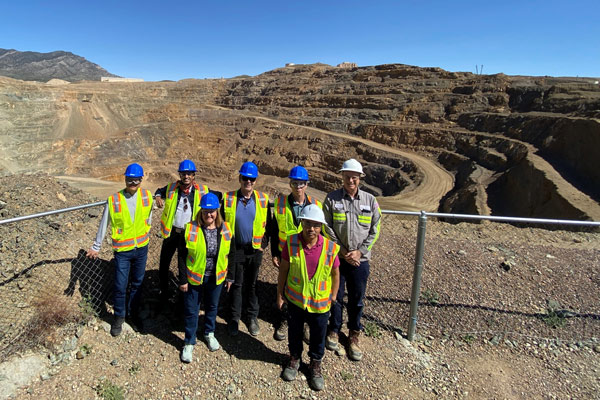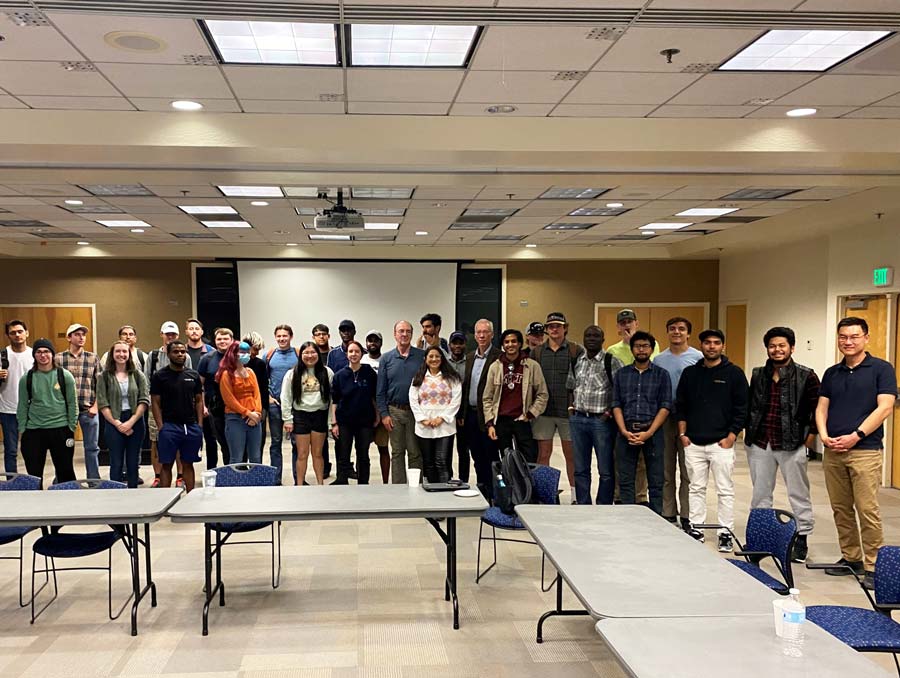Nevada Gold Mines Professor Pengbo Chu in the Department of Mining and Metallurgical Engineering recently received a $3.3M grant from the Advanced Research Projects Agency – Energy (ARPA-E) within the U.S. Department of Energy. The grant was part of the Mining Innovations for Negative Emissions (MINER) program led by the ARPA-E program director Douglas Wicks. The MINER program funds technology research that increases the mineral yield while decreasing the required energy, and subsequent emissions, to mine and extract energy-relevant minerals. Specifically, the program investigates the potential CO2-reactive ores to unlock net-zero or net-negative emission technologies.
About the Mining Innovations for Negative Emissions (MINER) program
On October 27, the U.S. Department of Energy announced it would provide $39 million in funding for 16 projects across 12 states to develop market-ready technologies that will increase domestic supplies of critical elements required for the clean energy transition. The selected projects, led by universities, national laboratories, and the private sector aim to develop commercially scalable technologies that will enable greater domestic supplies of copper, nickel, lithium, cobalt, rare earth elements, and other critical elements. Chu's project "Accelerated Reactive Carbonation Process (ARCP) for Energy Efficient Separation of Rare Earth Minerals" received the second highest funding amount of all 16 projects at $3.3M.
Global demand for critical minerals needed to decarbonize the nation’s economy is expected to increase by 400-600% over the next several decades, according to a press release from ARPA-E, and the U.S. is increasingly dependent on foreign sources for many of the processed versions of these minerals.
“A reliable, sustainable domestic supply chain of critical materials that power longer-lasting batteries and other next-generation energy technologies is crucial to reaching our clean energy future,” U.S. Secretary of Energy Jennifer M. Granholm said. “With these investments, DOE is helping to reinvigorate American manufacturing to reduce our overreliance on adversarial nations and position the nation as a global leader of research and innovation.”
Exploring energy-efficient separation of rare earth minerals
“The U.S. is very fortunate that we have a very high-grade rare earth ore,” Chu said.
The project will incorporate mineral carbonation to develop new workflows and methodologies for recovering rare earth minerals. Critical minerals are minerals that will be used in different decarbonization technologies.

The process Chu is proposing starts with high-pressure grinding rolls, which mechanically break down the material from larger, basketball-sized rocks to cherry-sized rocks. The high-pressure grinding rolls already decrease mineral processing (comminution) energy when compared to the crushing technologies that are more commonly used, up to 50 percent.
After the rocks are made smaller, the minerals will go through X-ray transmission sorting, which determines the density of different rocks. Because rare earth minerals tend to be denser, the rock rich in those minerals is sorted one way in an existing process, while less dense material is sorted another way. The less dense material is chemically processed through a carbonation process, which uses pressurized carbon dioxide to convert silicate minerals to carbonate minerals, softening them.

After it undergoes a carbonation process, the softened material goes through another mechanical process, a ball mill. The softening of the material means the ball mill doesn’t require as much energy to process the material. Additionally, it is easier to control the size of the product, which is important for the next step in processing, froth flotation.
Once the material goes through the ball mill, rare earth elements are exposed and can be retrieved through established froth floatation processes.
“There is a sweet spot for flotation to work,” Chu said, referring to the size of the product. If the rock particles are too big or too small, froth flotation doesn’t work as well to extract the material of interest.

The application of mineral carbonation to soften the rock presents a new approach to control the rock size during comminution. The new approach is expected to not only reduce the current energy consumption during mineral processing but also make the process carbon-negative.
While Chu expects this process to maximize output, he will try different workflows that reorder some of the processes to determine which method retrieves the most material while using the least energy. The process can also be used to recover material from waste tailings, which can have high concentrations of rare earth elements.
Last month, ARPA-E Program Director Wicks and his team visited the University and the companies Chu is collaborating on this research. Chu looks forward to working with APRA-E, industry partners and the University’s Office of Research and Innovation to eventually patent the new processes and help them become widespread in the industry, helping to green the mineral extraction process.
















